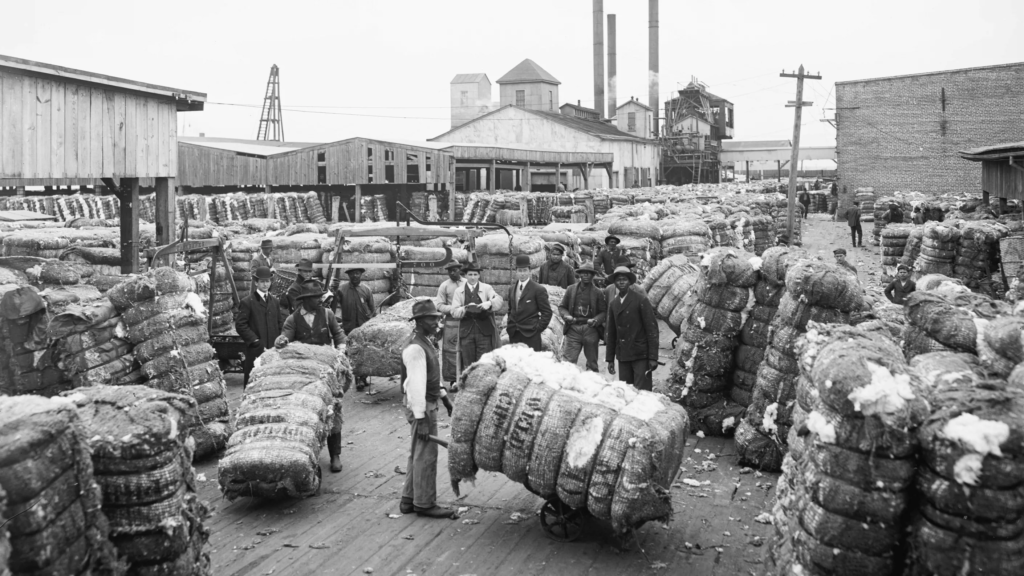Florida played a significant role in slavery, being a major slaveholding state with around 100,000 slaves in 1860. Slavery was vital to Florida’s economy, with slaves used for labor in various industries like agriculture and mining.

The history of slavery in Florida dates back to the 1600s when Spanish colonists brought enslaved Africans to the region. Over time, the number of slaves in Florida increased, firmly embedding slavery into the state’s economy and society by the early 1800s.
Upon Florida becoming a state in 1845, slavery became a crucial issue. The state’s constitution protected slavery explicitly, and laws were enacted to prevent slaves from escaping or gaining freedom.
The Civil War brought an end to slavery in 1865, when the Emancipation Proclamation freed the state’s slaves. However, the remnants of slavery left a lasting impact on Florida’s history and culture.
Recently, Florida introduced new guidelines on slavery education, which received criticism for their inaccuracies and misleading information. While acknowledging that slaves developed skills for their benefit, the guidelines fail to mention the brutal and dehumanizing aspects of slavery.
Additionally, the guidelines mention that some Black individuals were involved in violence during race massacres. Though true, it is essential to contextualize such actions as carried out by a minority and not justify the institution of slavery.
Florida’s new guidelines for teaching Black history meet with criticism
